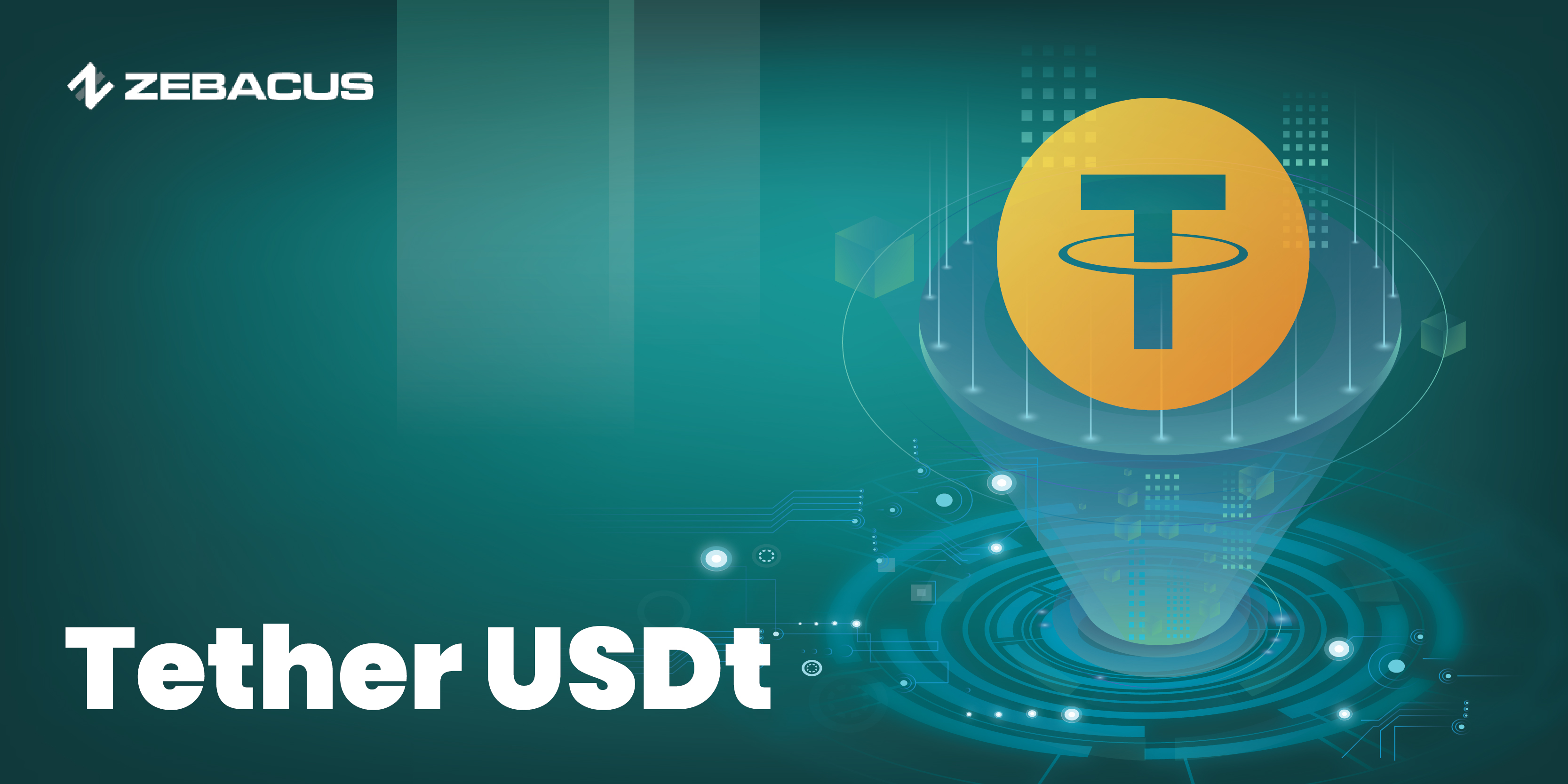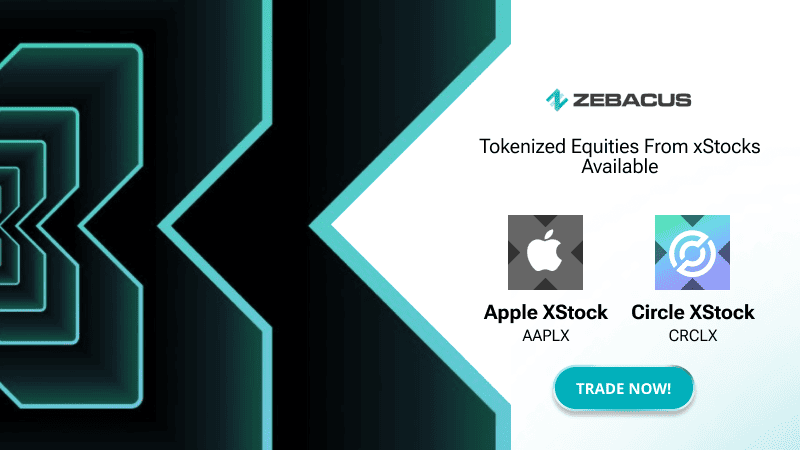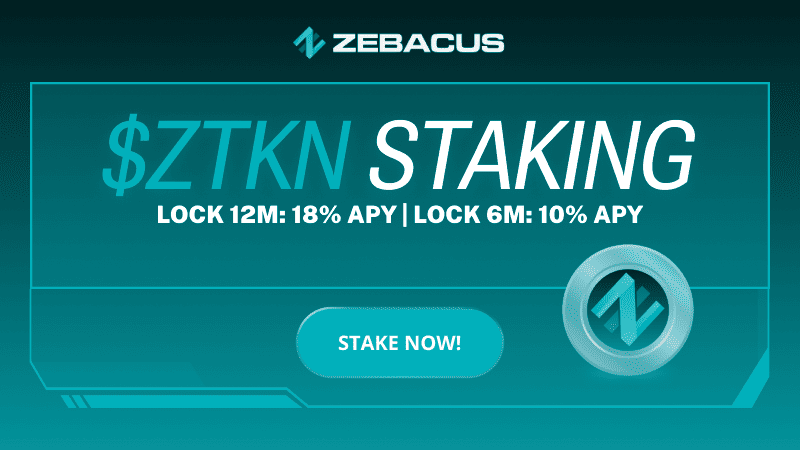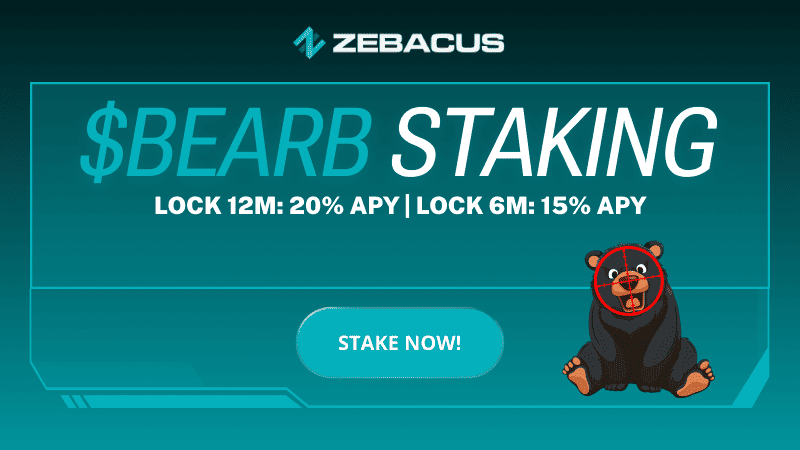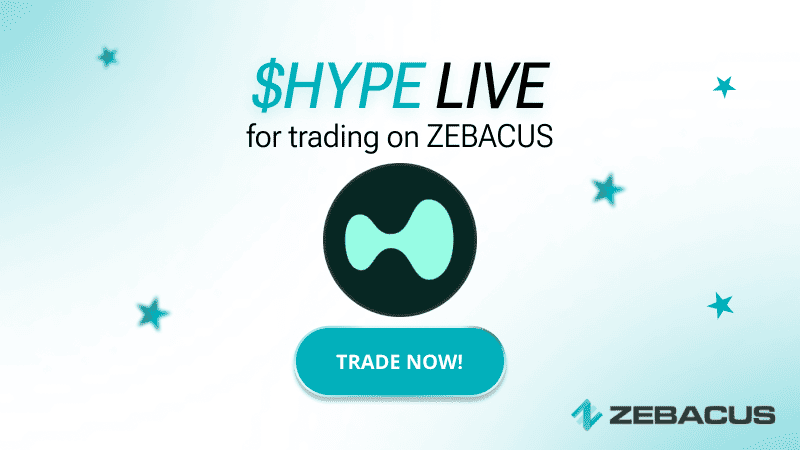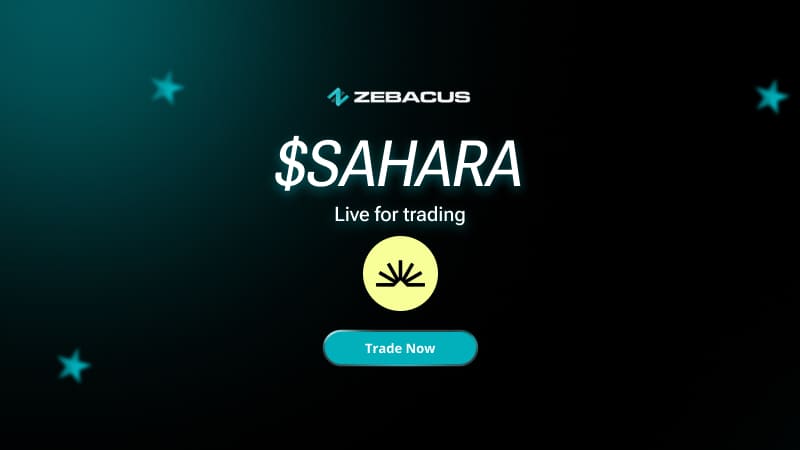What is Tether USDt (USDT)?
Cryptocurrencies have plenty of merits over sovereign money. However, cryptocurrencies are also volatile and extremely so. That’s where stablecoins like USDt stand out as a beacon of stability. With over $110 billion market cap, USDt is not only the biggest stablecoin but also the third largest cryptocurrency overall. This article will cover the basics of stablecoins, the origin of USDt,
The Origin of USDT
Tether was launched in 2014 by a bunch of Bitcoin enthusiasts who saw the need for a stable cryptocurrency. They created Tether Limited, the company behind USDT, to issue the coin. This simple yet revolutionary idea has combined the benefits of cryptocurrencies (like fast transactions and security) with the stability of traditional fiat currencies.
How Does USDT Work?
USDT operates on multiple blockchains, including Bitcoin (via the Omni Layer protocol), Ethereum, Tron, and others. This multi-platform presence ensures that Tether is widely accessible and versatile. When a user wants to buy USDT, they essentially trade their US dollars (or other fiat currency) for the equivalent amount of Tether tokens. The company claims to hold reserves that match the number of USDT in circulation one-to-one, ensuring that each token is backed by actual dollars, euros, and yuans. The value of USDT is maintained at around $1.
What Makes USDT Stable?
USDT derives its stability from its pegging mechanism. For every USDT in circulation, there should be an equivalent amount of USD held in reserve by Tether Limited. This 1:1 backing is meant to ensure that if you hold one USDT, you can redeem it for one dollar, thus maintaining its value. This makes USDT particularly useful for traders looking to park their funds in a stable asset without having to exit the crypto ecosystem entirely.
Why does USDT matter?
So, why use USDT? Here are a few reasons why it’s so popular despite having other stablecoins that are also regulated.
Trading: Traders use USDT to move money quickly between exchanges without worrying about price fluctuations. At an average price volatility of less than 1%, USDT is roughly the equivalent of treasury bills in the crypto space.
Payments: US regulation allows banks to accept stablecoins as payments and several businesses also accept USDT as a form of payment. Its stable value makes it a more appropriate payment instrument compared to other popular cryptocurrencies.
Remittances: Decades after we put a man on the moon, sending money across borders incurs anywhere from 5%-15% fees and is quite slow. USDT offers a faster and cheaper alternative to traditional remittance methods.
Hedging: With all the supposedly-to-be better stablecoins out there, Tether is based in the Bahamas which is outside the US jurisdiction, combined with a larger market share making it the ideal candidate for hedging against geographical and regulatory risks.
USDT Controversies
Like other major players in the crypto space, Tether has not been without its controversies. The biggest question mark has always been about its reserves. Critics have accused Tether Limited of not having enough USD in reserve to back all the USDT in circulation, which would mean the tokens aren’t fully backed as claimed. The company was also alleged to have diverted funds to its sister concern Bitfinex Exchange.
In 2021, Tether reached a settlement with the New York Attorney General’s office over allegations that it had misled the public about its reserves. As part of the settlement, Tether agreed to provide more transparency about its holdings.
The Future of USDT
Despite its controversies, Tether continues to grow and remains the most widely used stablecoin in the market. It has inspired the creation of other stablecoins, like USDC (USD Coin) and DAI, each with its own approach to maintaining stability. The demand for stablecoins is expected to go up as more people and institutions look to participate in the crypto market without exposing themselves to extreme volatility.
Final Thoughts
USDT, or Tether, has carved out a unique niche in the cryptocurrency ecosystem. By providing a stable, dollar-pegged digital asset, it serves a critical purpose to traders, businesses, and the public. While it has faced its share of challenges and scrutiny, its role as a stabilizing force in the otherwise volatile crypto market cannot be unnoticed. As the digital economy continues to evolve, USDT and other stablecoins will likely remain key players, bridging the gap between traditional finance and decentralized finance.
